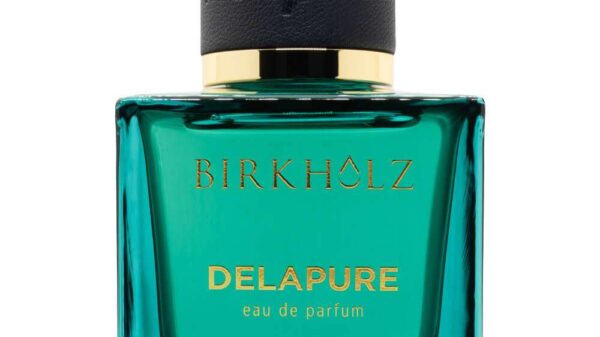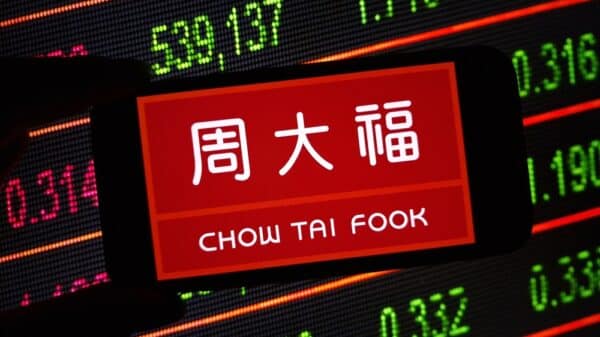Botswana and its southern African neighbors, long reliant on diamonds for economic growth, now face a significant challenge as lab-grown alternatives threaten their traditional markets. The rise of these affordable, synthetic gems has prompted Botswana, the leader in diamond production, to pivot towards a more sustainable and diversified economic future.
Economic Shifts in Botswana
Botswana, whose economy has been buoyed by diamond exports—accounting for about 30% of its GDP and 80% of its total exports—understands the urgency of adapting to a changing market landscape. The nation has recently established a sovereign wealth fund aimed at creating a more resilient economic foundation that moves beyond diamonds. This strategic shift is part of broader efforts to explore new revenue streams.
Diversifying Beyond Diamonds
In addition to diamond mining, Botswana is investing in luxury wildlife tourism, which leverages its rich natural heritage. The country is also venturing into the medicinal cannabis market and exploring solar power initiatives, taking advantage of its abundant sunshine. These strategies reflect a comprehensive approach to economic diversification that could mitigate the impact of declining diamond prices.
The View on Lab-Grown Diamonds
As consumer preferences shift toward cheaper, lab-grown diamonds from places like China and India, the market for traditional natural diamonds has experienced a notable decline. Reports indicate that the price of a one-carat natural diamond plummeted from $6,819 in May 2022 to around $4,997 by December 2024. The growing popularity of synthetic diamonds, which now account for a substantial portion of the market—approximately 20% by value and up to 50% by volume in the U.S. engagement ring market—poses a serious threat to Botswana’s diamond-centric economy.
Economic Pressures Mounting
Botswana’s reliance on diamond revenues makes it particularly vulnerable to fluctuations in this market. Following an economic downturn exacerbated by the rise of synthetic alternatives, the government has found its foreign reserves dwindling, prompting an increased dependency on debt to maintain public services. In August, the nation saw its healthcare system nearing collapse, leading President Duma Boko to issue a state of emergency. The global ratings agency S&P responded by downgrading Botswana’s long-term ratings, emphasizing the urgent need for diversification.
The Situation in Lesotho
Similar challenges also afflict Lesotho, where diamonds contribute around 10% of the country’s GDP. The ongoing pressure on the diamond market has resulted in significant layoffs in its largest diamond mine, Letseng. With calls for exploring other industries such as rare-earth materials, Lesotho’s economic future remains uncertain.
Collaborative Marketing Efforts
To counteract the decline, diamond-producing countries like Botswana, Angola, Namibia, and South Africa have committed to investing in the marketing of their natural diamonds. They aim to reshape consumer perceptions by promoting the unique story behind responsibly sourced diamonds. Industry leaders recognize the potential for natural and lab-grown diamonds to coexist, targeting different consumer demographics with distinct value propositions.
Conclusion
Botswana and its neighbors are at a crucial crossroads, confronting the collapse of a once-thriving diamond economy while seeking new avenues for sustainable growth. As the market for lab-grown diamonds expands, the challenge lies in redefining the allure of natural diamonds and leveraging diversification strategies to ensure economic stability. The path forward will require innovative thinking and collaborative efforts to adapt to the evolving landscape of the global jewelry market.
Image Source: Unsplash




























